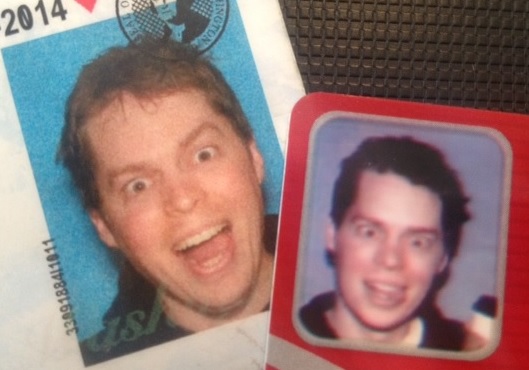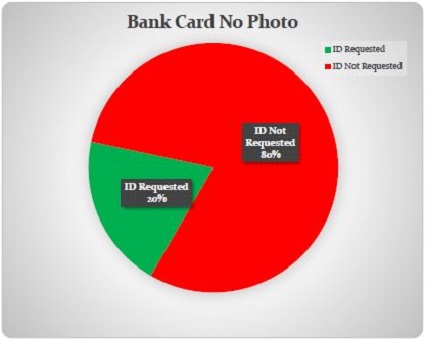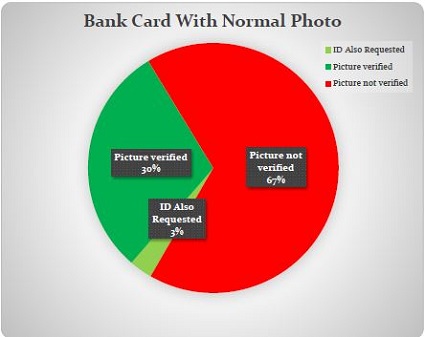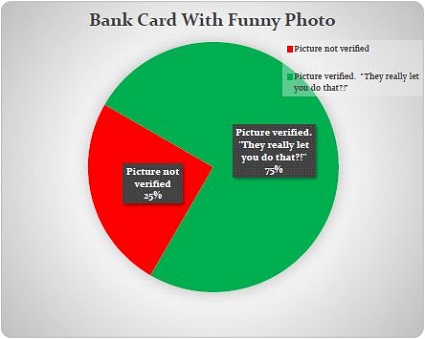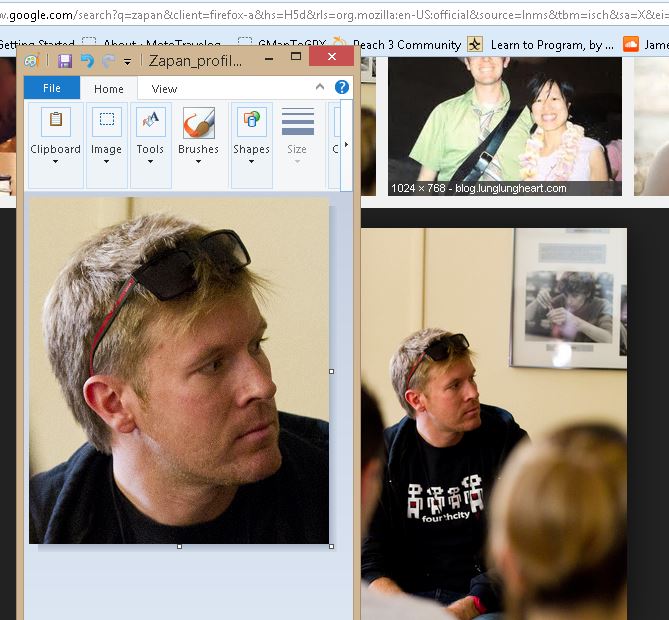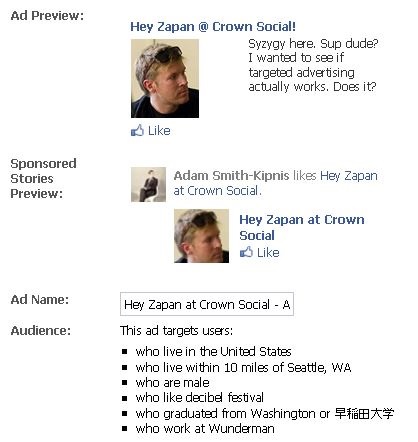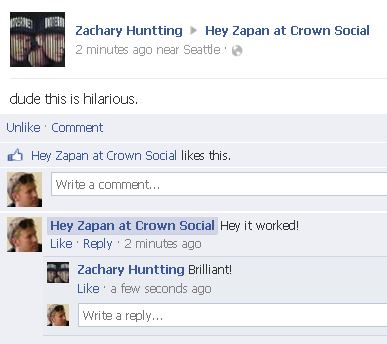Walking down the street the other day, I happened upon a small store in my neighborhood called Rare Medium that specializes in selling refurbished instant cameras. It occurred to me that the instant camera market is likely one of the most difficult markets that there is, given the rapid ascension of camera phones linked with countless photo applications.
I thought to myself, why would someone buy an instant camera when they could download Instagram, Over, Hipstamatic or any other number of “vintage” looking camera apps to their phone? It’s easy to market a product that sells itself, but how would I market an antiquated technology against new platforms in a rapidly shrinking market space?
I sketched out a few ideas below using a popular print ad format. If you’ve got suggestions for other antiquated products that might make for a good modern ad, please mention it in the comments below!
[Photo Credit: West Yorkshire Cameras]
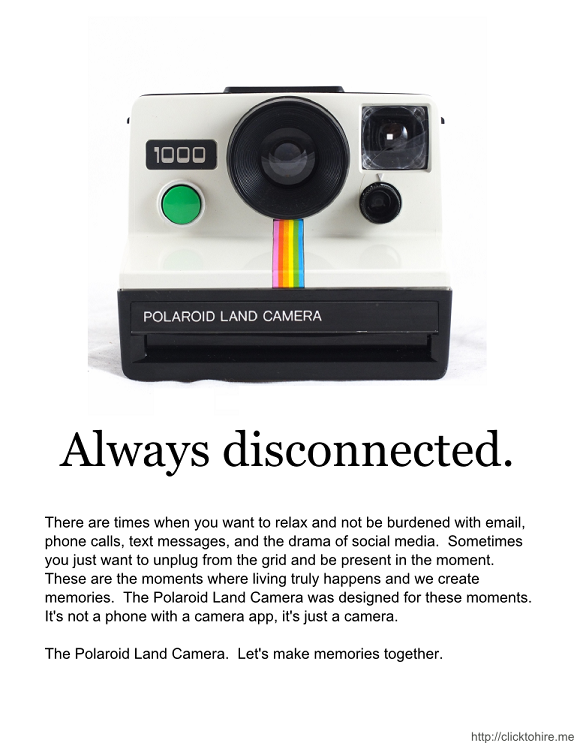
Always Disconnected: I was walking through the park on a sunny day last week and about 90% of the people there were looking at their phones. It made me want to question the modern reality of people’s addictions to their phones and technology.
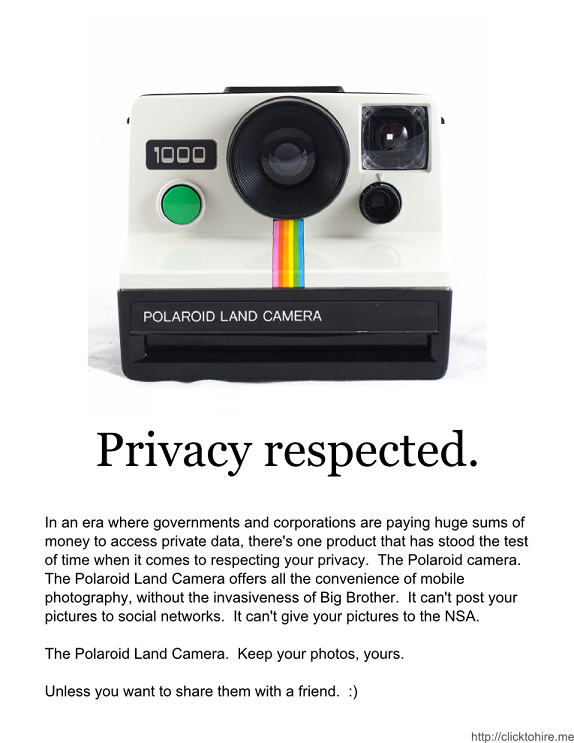
Privacy Respected: This was the first Polaroid ad I wrote. Inspired by Edward Snowden and this week’s article about iPhones, Androids and Blackberries being compromised by the NSA. http://bit.ly/1fPJdov

Keep it real: With this ad, I wanted to associate the camera with a colloquialism that was similarly outdated, yet still captured the endearing authenticity of a better time. I also wanted to convey the feeling of a conversation between the consumer and the brand.
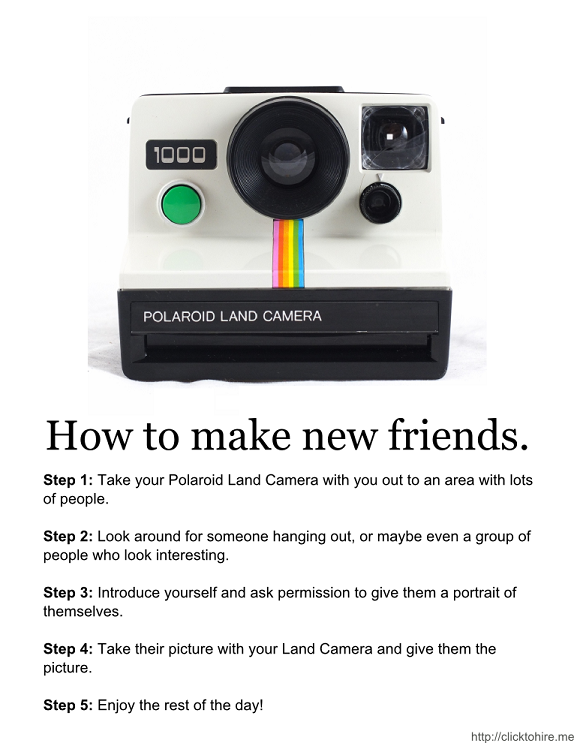
How to make new friends: Marketing folks are always looking for “engagement” and “earned advertising.” I wondered how to bring some real social interaction to this product and I thought that this might be a good catalyst.
